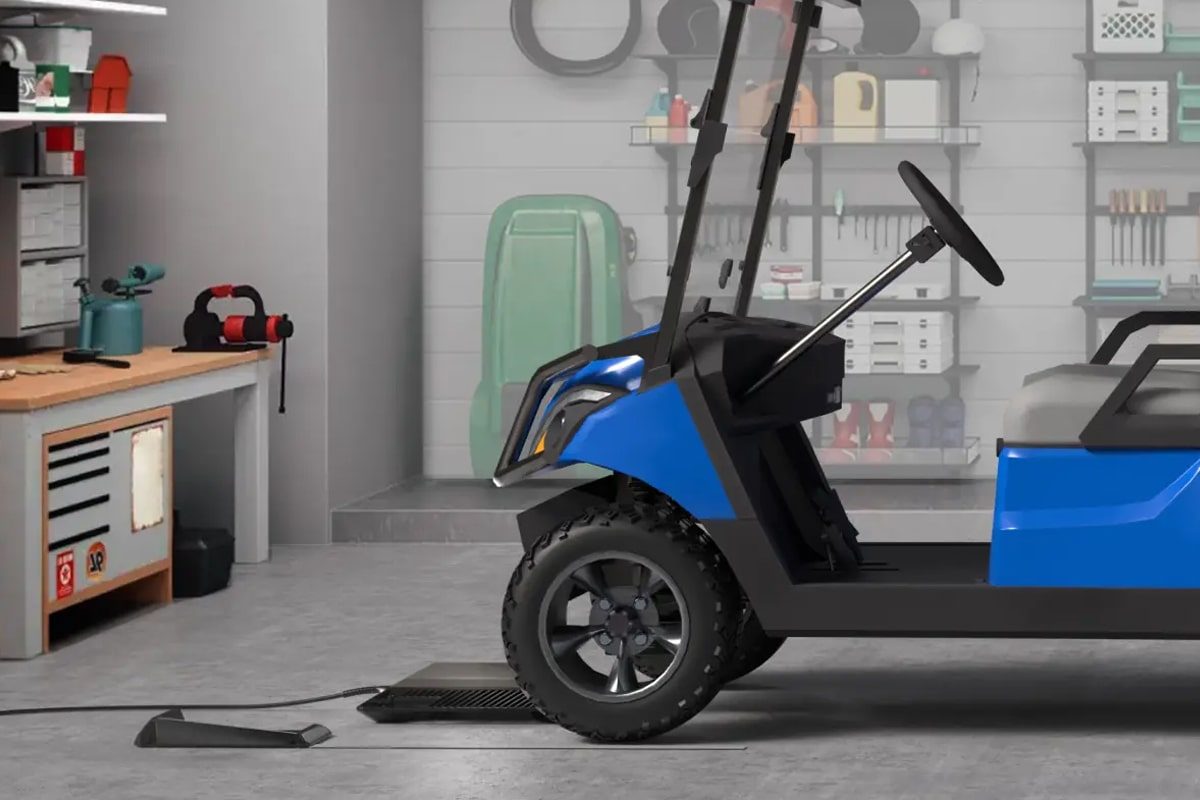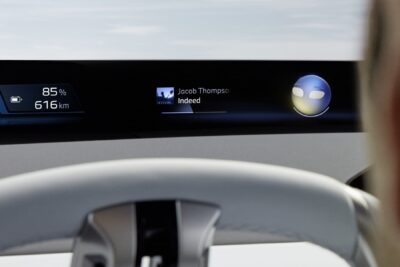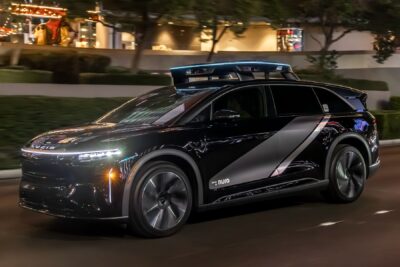WiTricity presents inductive charging solution for light vehicles
In addition to golf carts, which are generally used on golf courses or hotel complexes without a road licence, the system is also intended for so-called “neighbourhood electric vehicles”. This is a US vehicle category for light electric vehicles, which are usually allowed to travel at a maximum speed of 25 mph (around 40 km/h) – slightly different regulations apply in some US states.
WiTricity does not yet provide any technical details about the system in the press release. Due to the usually quite small batteries of such vehicles, the charging capacity will be low. The ground module, officially called the “WiTricity Halo Power Hub”, will only be connected to a “standard household socket”. This probably refers to the 110-volt system.
On the vehicle side, the Halo receiver is mounted on the underbody for the WiTricity system. This coil absorbs the power from the Halo Power Hub. The receiver can be fitted either ex works or later at the dealer. WiTricity plans to announce the “most important launch partners” at the CES.
“Consumers have been unequivocal in their desire for wireless charging for EVs of all sizes,” said Alex Gruzen, CEO of WiTricity. “It’s exciting to showcase the broad range of wireless charging solutions enabled by WiTricity, from new electric vehicles to the rapidly growing market of golf cars on both residential streets and courses. We’re providing people with the freedom to simply park and charge.”
WiTricity’s CES booth will also feature a new vehicle from a South Korea-based OEM that is equipped with a WiTricity technology-based receiver, as well as an upgraded Ford Mach-E. The Ford with the retrofitted Halo system was unveiled by the company last year, while a Tesla Model 3 with up to 11 kW charging power was unveiled in 2022





0 Comments